How to build a soakaway
Feed up with a waterlogged lawn or damp issues in your home? Then a soakaway might be your answer. Here we show you how to build your own soakaway to prevent flooding and dampness affecting your home.
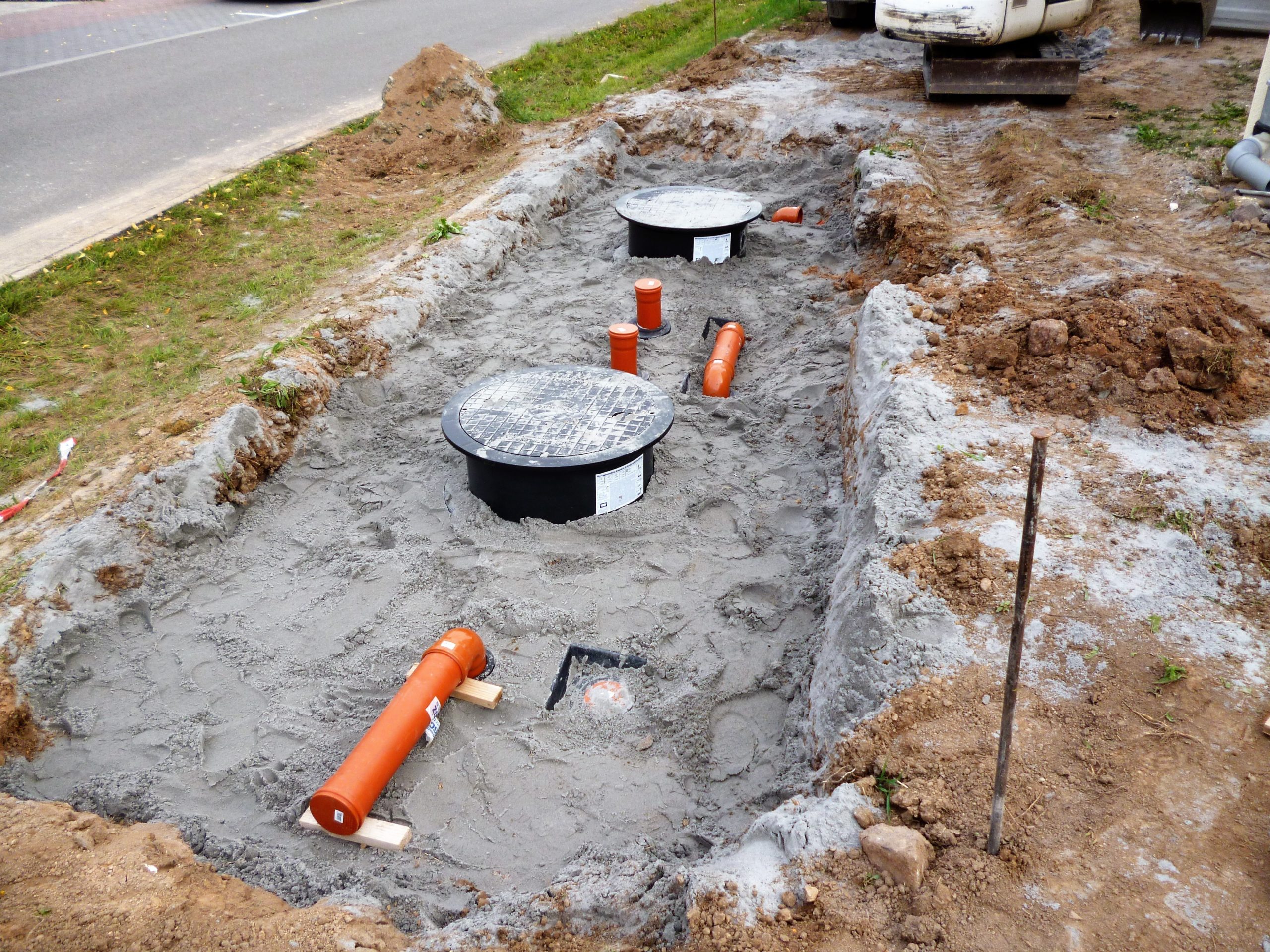
Fed up with a soggy, waterlogged lawn or damp issues in your home? Then a soakaway might be your answer. Essentially, a soakaway is a hole in the ground, usually located in your back garden, that is filled with rubble, and is designed to catch runoff and stormwater caused by heavy rainfall.
Installing a soakaway can also prevent damp from seeping into your property, and prevent floods from reaching your home. If you need more details on this specific area, take a look at our cost guide on preventing flood damage, or read on and find out how to build your own soakaway in the UK.
How to build a soakaway
A soakaway is a simple concept that allows rainwater to gradually seep into the ground rather than remaining on the surface. For this reason, a soakaway must be built on soft ground so that any excess water can drain away. If a soakaway is dug on a solid surface, the hole will store the excess water until it overflows.
To avoid water collecting in your soakaway, leaking into and damaging the foundations of your property, building regulations state you should situate it at least 5m away from any building. Also, try to position it in a lower part of the garden, particularly at the bottom of a slope, so that water automatically runs towards the soakaway.
Generally, a soakaway draining a 120m2 waterlogged garden won’t need to be any larger than 1m2 and 1.5m deep.
How to build a soakaway pit
What you’ll need to build a soakaway pit: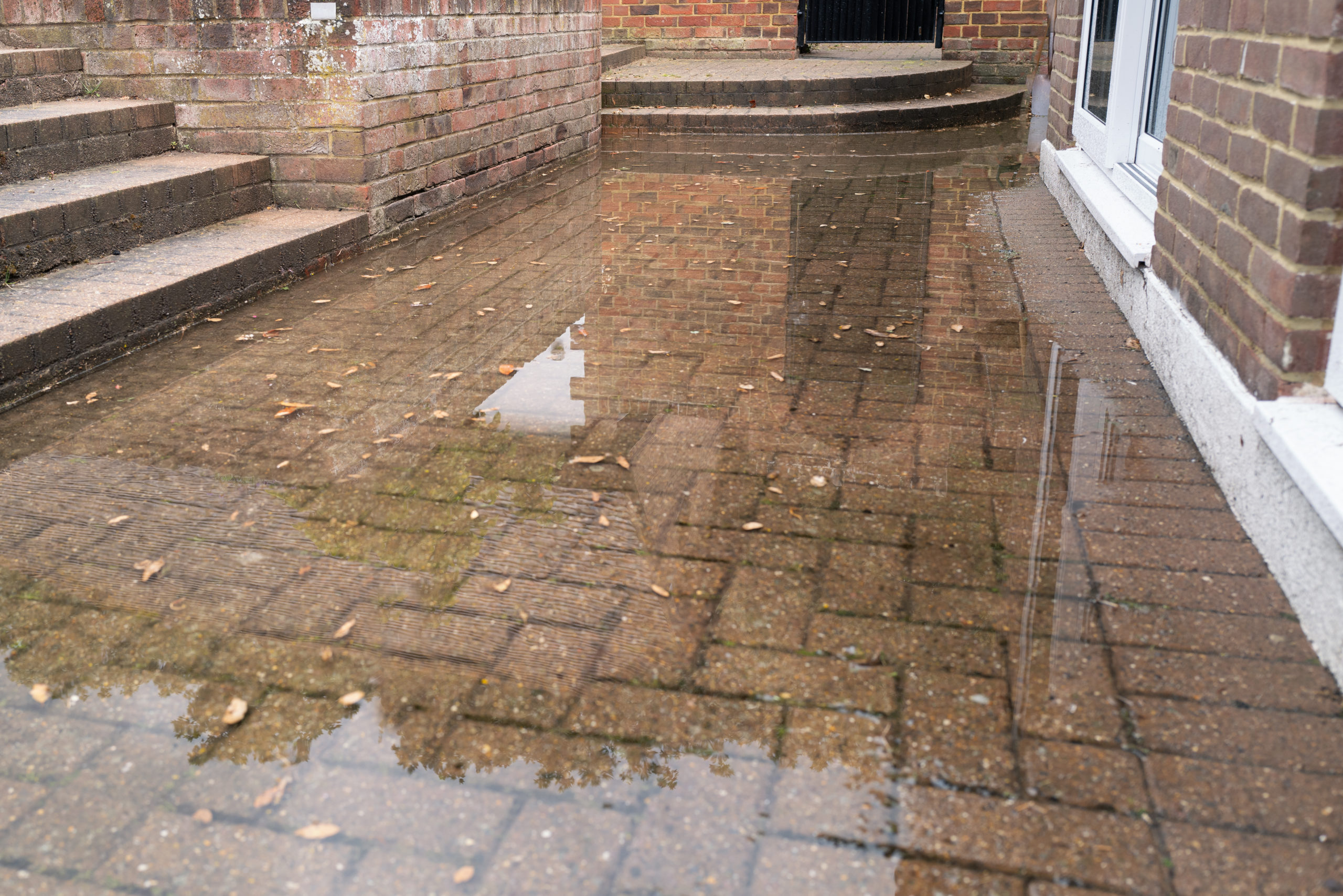
- Shovel
- Possibly a mini digger, depending on the depth of the soakaway pit
- Gravel
- Rubble
- Heavy-duty landscaping fabric
- Drainage pipe (optional and at least 75mm in diameter as this the minimum required for a surface water drainage system)
Steps:
- To build a basic stand-alone soakaway, dig a pit in your soft turf no less than 1m2 and 1.5m deep in a lower part of your garden and preferably at the bottom of a slope.
- To increase the drainage in extremely waterlogged gardens, dig a trench wide enough for a drainage pipe running from the area that needs draining towards the soakaway pit.
- Line the soakaway pit, and trench if you have built one, with heavy-duty landscaping fabric, leaving enough fabric to wrap over the top. (Heavy-duty fabric prevents the soakaway from getting clogged up with soil and becoming ineffective).
- Fill your soakaway pit with rubble leaving five inches from the surface. If you’ve also dug a trench for a drainage pipe, shovel gravel along the surface of the trench before laying your drainpipe along it. Ensure the rubble of the soakaway surrounds the drainage pipe entering the pit.
- Make sure the gravel surrounds the drainpipe and finishes around 100mm above it.
- Wrap the fabric over the top of the rubble of the soakaway, and gravel covering the drainpipe, and shovel in topsoil, slightly overfilling to allow for settlement.
- Leave the earth to settle for two or three weeks and turf or sow grass seed over the top.
How to build a soakaway for rainwater 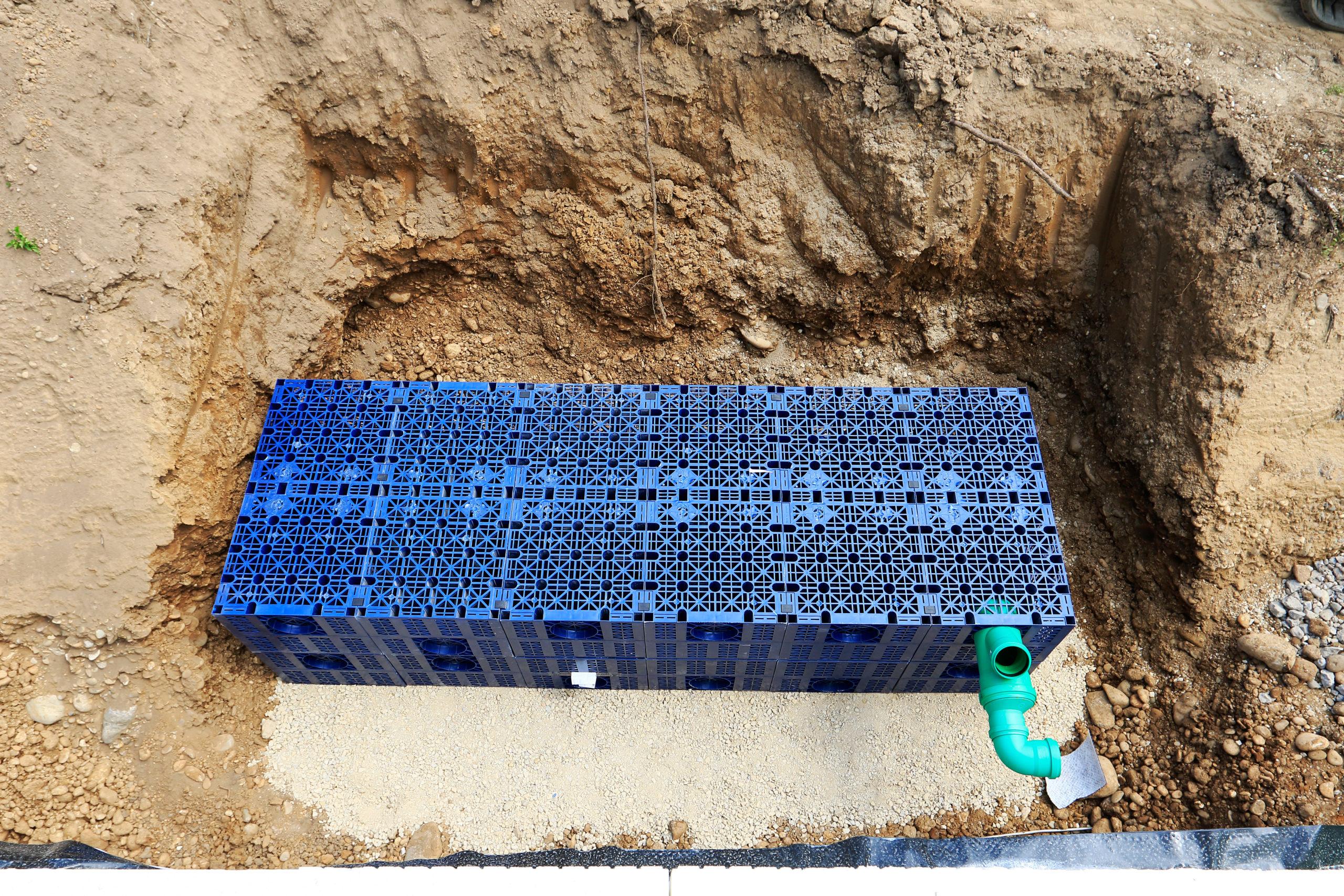
Looking for a slightly easier drainage option? Then consider a soakaway crate. Designed especially for the drainage system, it looks a bit like a large empty milk crate, comes flat-packed, and is easily popped into shape and placed into your soakaway pit, avoiding the need for any rubble infill. You will still need to dig a soakaway pit from the steps above.
How to build a soakaway for a septic tank
A soakaway for a septic tank is very different from a soakaway used for excess surface water dispersal and you will need an expert to construct it to avoid any groundwater contamination. Use our free search feature to find a professional near you.
How to build a soakaway in clay soil
You can dig a soakaway in clay soil the same as the steps above. However, you will need to ensure that excavating the ground does not smear it. If this happens, you will need to switch from using a mini digger to using hand tools.
Top tip: Speak to a professional before beginning any digging into clay. You need to be very careful and a soakaway may not be right for the ground type, so it’s best to get professional advice.
FAQs
Do I need to check with local building regulations before building a soakaway?
Yes, it’s worth checking the requirements of Local Building Regulations before you start work on any drainage system including soakaways. If you’re planning hard landscaping, you’ll need to provide a SUDS (Sustainable Drainage System) to ensure surface water (also called storm-water, rainwater, or runoff) is collected and treated where it falls.
How much does a soakaway cost?
You can expect to pay between £700 and £1,000 for a soakaway installation, depending on the materials used, the depth of the structure, and where it’s being installed. Take a look at our cost guide on preventing flood damage.
Find and book your trade with us and we'll guarantee their work up to £1,000*.
Guaranteed for 12 months. Eligibility and T&Cs apply

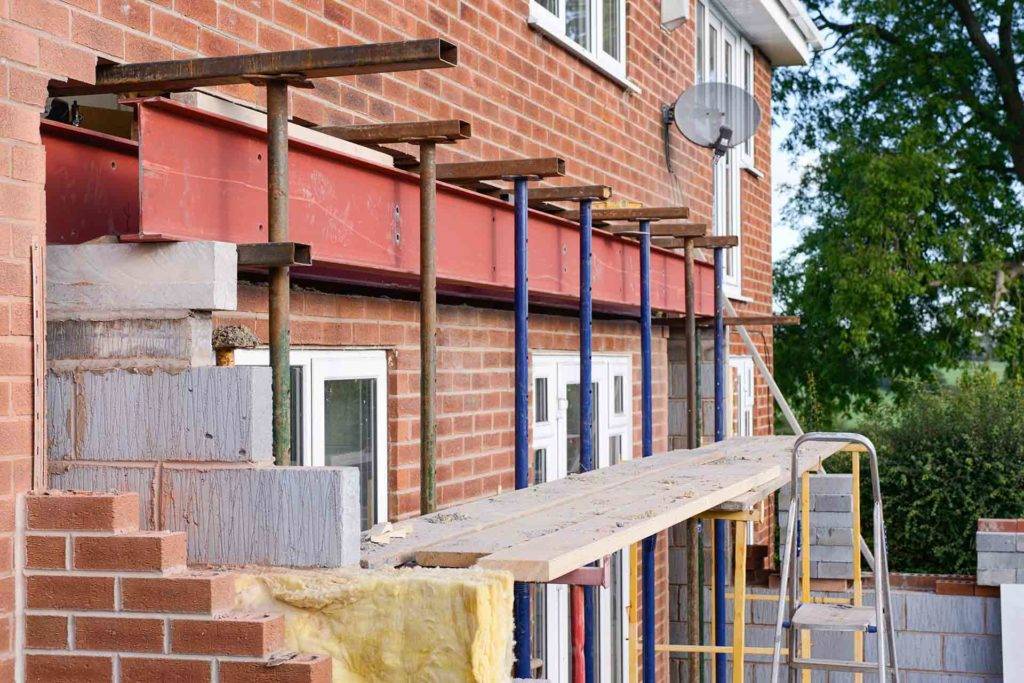
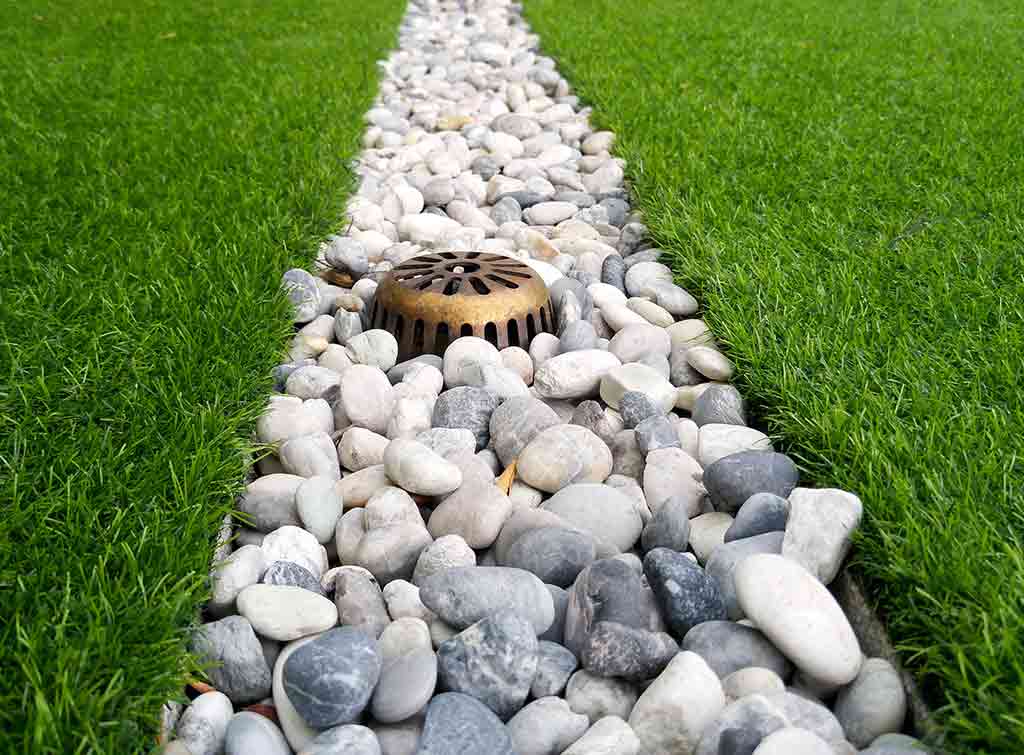
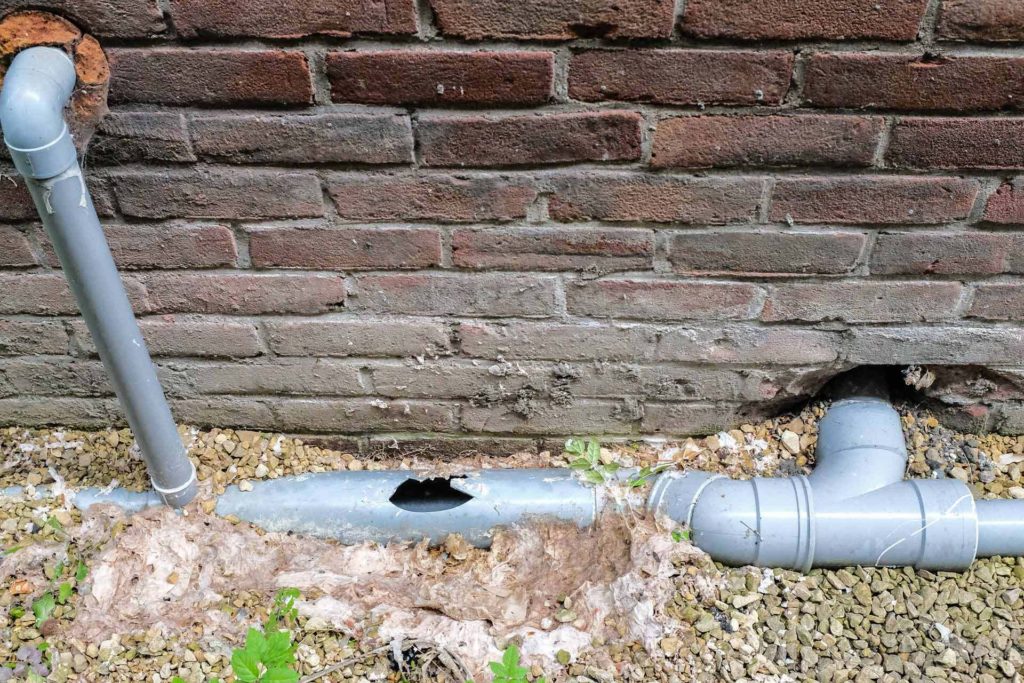
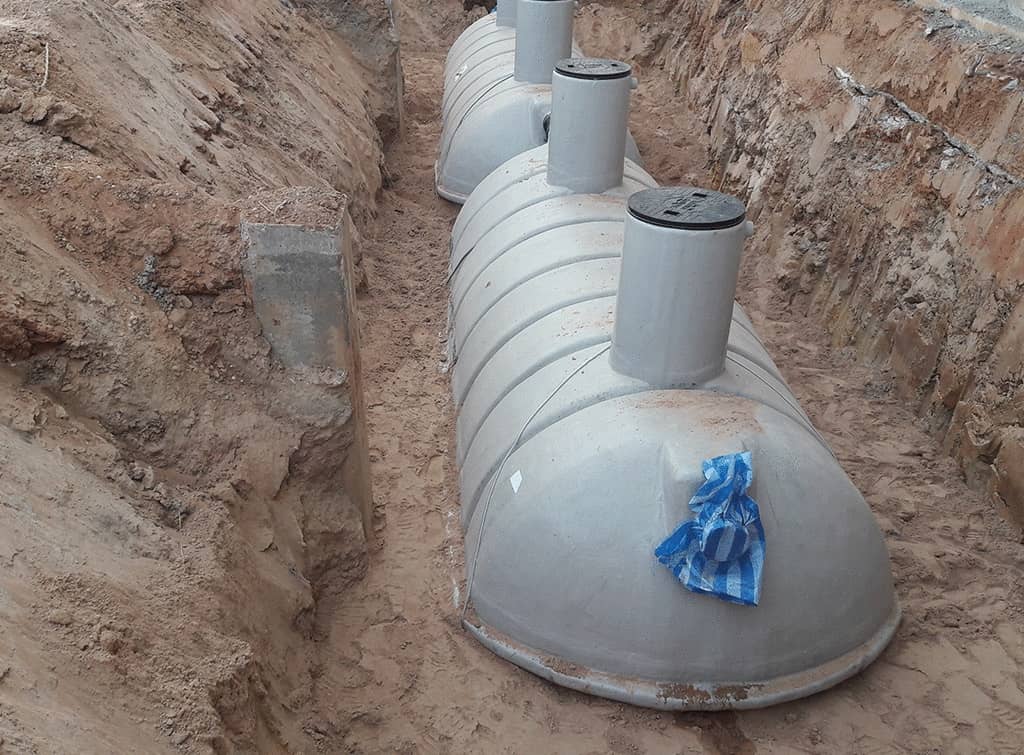
No comments yet!